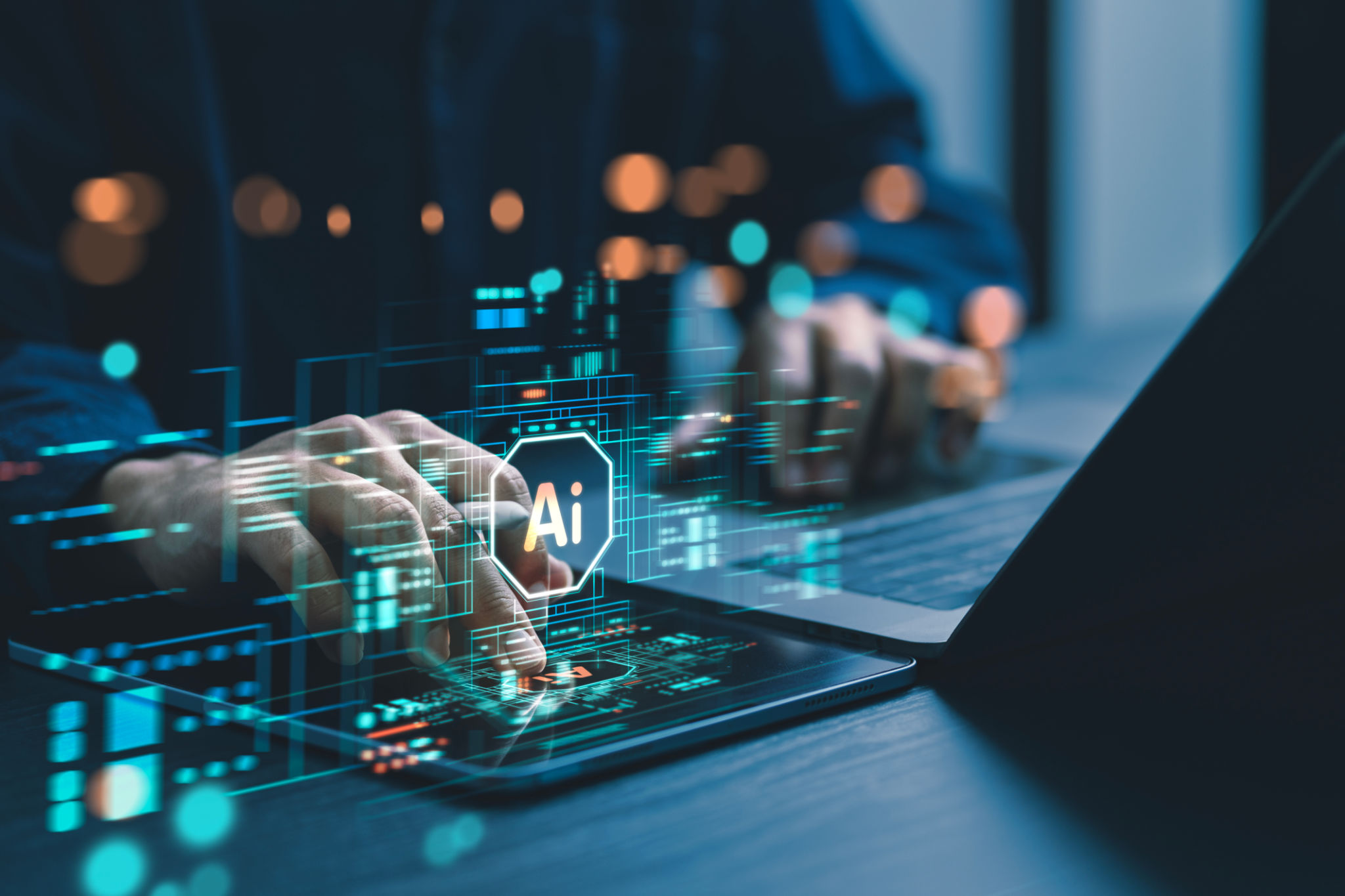Exploring the Latest Trends in AI Model Fine-Tuning
Understanding AI Model Fine-Tuning
In the rapidly evolving world of artificial intelligence, fine-tuning models have become a pivotal trend, allowing for more precise and efficient deployment of AI technologies. Fine-tuning refers to the process of taking a pre-trained model and adapting it to perform a specific task more effectively. This process not only saves time but also enhances the accuracy of AI applications across various domains.
Traditionally, building AI models from scratch required vast amounts of data and computational resources. However, with the advent of pre-trained models, developers can now leverage existing frameworks and tailor them to their needs with minimal effort. This shift has democratized access to AI technologies, enabling businesses of all sizes to harness the power of machine learning.

Key Techniques in Fine-Tuning
Several techniques are at the forefront of AI model fine-tuning, each with its own advantages. Transfer learning is one such method, where knowledge gained from one task is applied to another related task. This technique allows for quicker adaptation and improved performance in new environments.
Another popular approach is the use of domain adaptation techniques, which involve tweaking a pre-trained model to perform well in a different but related domain. This is especially useful in situations where labeled data is scarce or expensive to obtain. By using domain adaptation, companies can maximize the utility of their models without needing extensive new data.

Benefits of Fine-Tuning AI Models
The benefits of fine-tuning AI models are manifold. First and foremost, it significantly reduces the time and resources required to develop effective AI systems. By utilizing pre-trained models as a foundation, developers can focus on refining specific aspects rather than building from the ground up.
Furthermore, fine-tuning enhances model accuracy and performance. By tailoring a model's parameters to better suit specific tasks, organizations can achieve higher accuracy rates and more reliable outputs. This precision is crucial in fields such as healthcare, finance, and autonomous vehicles, where decision-making accuracy is paramount.

Challenges in Fine-Tuning
Despite its advantages, fine-tuning does present certain challenges. One of the main issues is the risk of overfitting, where a model becomes too specialized for a particular task and loses general applicability. This can be mitigated by careful selection of hyperparameters and validation techniques during the fine-tuning process.
Another challenge lies in the ethical considerations surrounding AI deployment. As models become more specialized, ensuring that they operate fairly and without bias is critical. Developers must remain vigilant in testing for biases and ensuring that their models adhere to ethical standards.
The Future of AI Model Fine-Tuning
Looking ahead, the future of AI model fine-tuning appears bright, with continuous advancements expected in both techniques and applications. The rise of automated machine learning (AutoML) tools promises to further streamline the fine-tuning process, making it more accessible to non-experts.
Moreover, with ongoing research into improving model interpretability and transparency, fine-tuned models are set to become even more robust and trustworthy. As these trends continue to evolve, businesses will be better equipped to implement AI solutions that are both effective and ethical.
